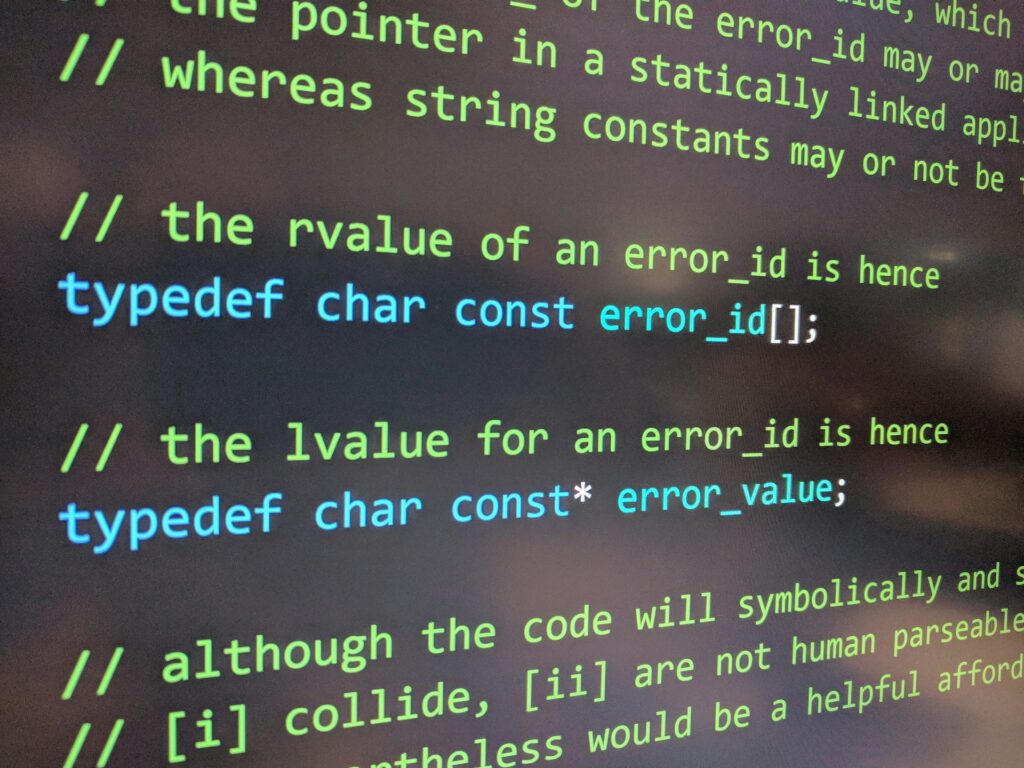Understanding the Subconscious Mind
The subconscious mind is the part of your mind that functions beneath conscious awareness. While the conscious mind is involved in deliberate thinking, decision-making, and logical reasoning, the subconscious is the powerful force influencing your feelings, reactions, habits, instincts and patterns.
Unlike conscious thought, which processes around 40 bits of information per second, the subconscious mind can process up to 11 million bits per second. It records everything you’ve ever seen, heard, felt, or experienced, often without your conscious awareness. It can be considered a sort of mind’s ‘database’, continuously accumulating information throughout our entire life experiences. According to ResearchGate, this processing power allows the subconscious to shape much of our behaviour automatically.
It’s important to recognise that the subconscious mind isn’t just passive storage. It plays an active role in maintaining your habits and beliefs, operating in the background to guide behaviour, influence perception, and keep you safe, even when that safety is based on outdated patterns.
Whatever the pattern and behaviour is, the subconscious mind has only one goal: working towards the wellbeing of the person, protecting and keeping them safe.
The Role of the Subconscious in Early Development

The subconscious mind is the first part of our psyche to develop. In early life, before the analytical faculties of the conscious mind mature, children absorb experiences directly into the subconscious. Much like a sponge, this early mind lacks filters, meaning it accepts suggestions and experiences (good or bad) as truth.
But there is something important to underline: this subconscious landscape is always working towards safety and survival. If a certain behaviour or emotional reaction helped you cope as a child, your subconscious will store it as a safe and automatic response. The problem arises when those outdated coping mechanisms turn into subconscious habits that no longer serve the adult self, and may even become harmful to your current life and goals.
This is where hypnotherapy subconscious work becomes invaluable. Hypnotherapy allows us to bypass the critical filter of the conscious mind and access this deeper layer of programming, offering a chance to reprogramme the subconscious mind through positive suggestion and therapeutic insight.
Why Language and Metaphor Matter
The hypnosis subconscious mind connection lies in language. Unlike the conscious mind, which thrives on logic, analysis, and cause-and-effect reasoning, the subconscious communicates through image, symbol, and emotion. It responds to metaphor and suggestion, not analysis. To understand how it works, think about dreams: they are symbolic because they use exactly the language of the subconscious.
In this sense, imagination becomes a powerful tool. The subconscious cannot distinguish between what is vividly imagined and what is experienced in reality. That’s why visualising a successful outcome can produce real behavioural and emotional changes. As explained on iMotions, this capacity allows us to “trick” the subconscious into new ways of being through mental rehearsal.
One vital rule: the subconscious doesn’t process negatives well. If you say, “I don’t want to bite my nails,” the subconscious hears, “bite nails.” To be effective, suggestions must be positive and oriented to outcomes. For example, “I keep my hands relaxed and still’.
Subconscious vs Conscious Mind
Imagine the mind as an iceberg. The conscious mind is the small, visible tip above the surface, responsible for rational thought, short-term memory, and decision-making. But beneath the water lies the vast subconscious mind, a deep storage of emotion, belief, memory, instinct, and automatic behaviour. Although unseen, this hidden part of the mind holds far greater weight and influence over how we feel, act, and respond in life.
Here’s a comparison of their core functions:
| Conscious Mind | Subconscious Mind |
| Logical and analytical | Emotional, intuitive, and symbolic |
| Processes 7 ± 2 chunks of information at a time | Processes millions of bits of sensory and emotional data |
| Deals with the present moment | Stores all past experiences, beliefs, and memories |
| Learns through cognition and understanding | Learns through experience, repetition, and emotional charge |
| Speaks in language, reason, and intellect | Responds to metaphor, imagery, and feeling |
| Dominates during waking hours | Dominates during sleep, dreaming, trance, and altered states |
Subconscious or Unconscious Mind?
Though many use unconscious mind and subconscious mind interchangeably, they can carry different connotations. Historically, unconscious was favoured in psychoanalysis (e.g. Freud), describing inaccessible mental content. In contrast, subconscious became more common in hypnotherapy, NLP, and self-development, suggesting something beneath awareness, but not unreachable.
Personally, I prefer the term subconscious as it implies this part of the mind is accessible, responsive, and able to be worked with, In contrast with the term unconscious, which may evoke a total lack of awareness and a feeling of being ‘knocked out’.
Through hypnosis, dreamwork, emotional processing and memory recall, it is possible to engage with the subconscious in meaningful ways.
How to Reprogram the Subconscious Mind

Reprogramming the subconscious isn’t about force, it’s about resonance. Below are techniques that gently guide the subconscious toward new beliefs, using its own language:
1. Visualisation & Imagery
Imagine your desired outcome in rich detail, engaging all senses. This creates an internal reality that the subconscious can respond to. Mental rehearsal builds new neural pathways and conditions emotional responses.
2. Positive Affirmations
Use present-tense, emotionally charged affirmations (e.g. “I trust myself deeply”). Avoid negative phrasing. Repetition over time allows new subconscious beliefs to take root.
3. Suggestion Therapy & Hypnotherapy
In a relaxed, hypnotic state, the mind becomes more suggestible. Hypnotherapy can deliver targeted positive suggestions, replacing old subconscious habits and fear-based programming with healthier alternatives. See this paper on hypnosis and de-automatization for insights on how this works neurologically.
4. NLP Techniques
Neuro-Linguistic Programming (NLP) offers tools to shift emotional anchors, reframe memories, and update mental associations, helping to resolve subconscious resistance quickly and effectively.
5. Breathwork & Meditation
Breath regulates the nervous system, helping calm the conscious mind and open space for subconscious material to emerge. Meditation increases awareness of thought patterns and brings subconscious insight.
6. Inner Child Work & Regression Therapy
Sometimes, subconscious blocks stem from unresolved childhood emotions. Through regression techniques, clients revisit earlier experiences to release stored emotions, reframe old perceptions, and bring compassion to parts of themselves frozen in the past.
These techniques can be integrated into guided hypnotherapy sessions though a professional guide.
What matters most is engaging the subconscious gently, repetitively, and with emotional clarity.
Conclusion
The subconscious mind is not mysterious or unreachable, it is a wise and responsive part of your inner life, involved in shaping your map of reality. By working with it directly through hypnotherapy, visualisation, and other subconscious practices, you can rewire limiting beliefs, replace outdated strategies, and align more closely with who you truly are.
As ScienceDirect suggests, the more we understand subconscious processes, the more we can influence them, eventually leading to greater emotional health and personal freedom.
If you’re ready to explore the power of your subconscious, I offer personalised one-to-one hypnotherapy sessions designed to help you unlock lasting change. You don’t need to keep repeating the same old patterns. The key is already within you. Your subconscious is simply waiting for the right message.







